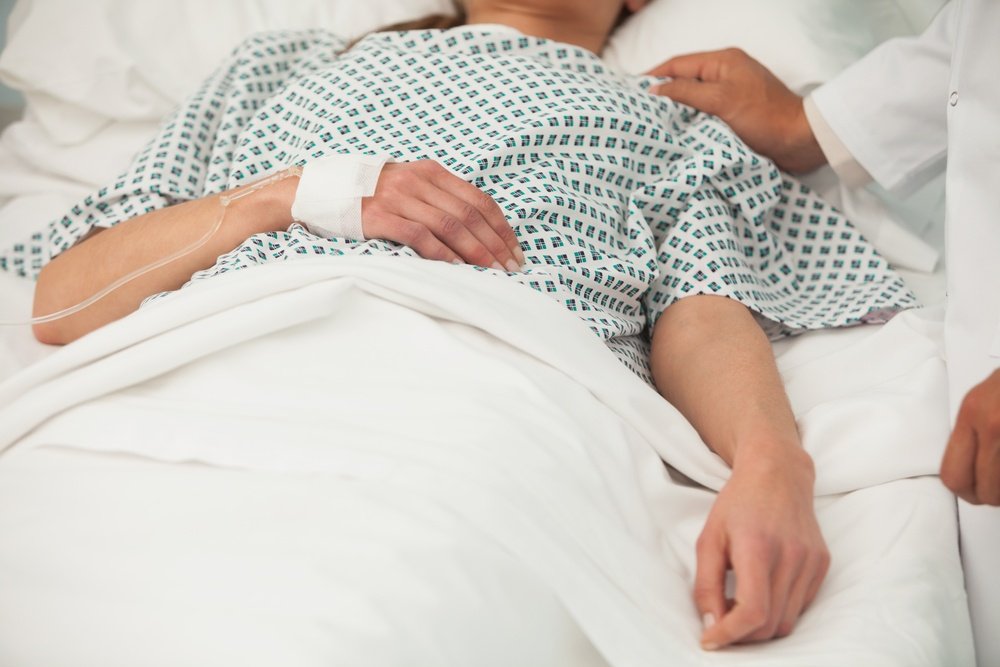
All About HAI’s: Central Line-associated Bloodstream Infection (CLABSI)
This infection results in thousands of deaths each year and billions of dollars in added costs to the U.S. healthcare system. This type of infection is totally preventable.
A central line-associated bloodstream infection (CLABSI) is a serious infection that occurs when germs (usually bacteria or viruses) enter the bloodstream through the central line. Healthcare providers must follow a strict protocol when inserting the line to make sure the line remains sterile and a CLABSI does not occur.
In addition to inserting the central line properly, healthcare providers must use stringent infection control practices each time they check the line or change the dressing. Patients who get a CLABSI have a fever, and might also have red skin and soreness around the central line. If this happens, healthcare providers can do tests to learn if there is an infection present.
The CDC is providing guidelines and tools to the healthcare community to help end CLABSIs. The techniques to prevent CLABSIs occur before inserting the central line, during and after the procedure. If a step is deliberately skipped over or not completed fully to the standard the risk of infection dramatically increases. Here is a great article that you can reference: Strategies to Prevent Central Line–Associated Bloodstream Infections in Acute Care Hospitals: 2014 Update
What are some of the things that healthcare providers are doing to prevent CLABSI?
- Follow recommended central line insertion practices to prevent infection when the central line is placed, including:
- Perform hand hygiene
- Apply appropriate skin antiseptic
- Ensure that the skin prep agent has completely dried before inserting the central line
- Use all five maximal sterile barrier precautions:
- Sterile gloves
- Sterile gown
- Cap
- Mask
- Large sterile drape
- Once the central line is in place:
- Follow recommended central line maintenance practices
- Wash their hands with soap and water or an alcohol-based hand rub before and after touching the line
- Remove a central line as soon as it is no longer needed. The sooner a catheter is removed, the less likely the chance of infection.
What can patients do to help prevent CLABSI?
- Research the hospital, if possible, to learn about its CLABSI rate.
- Speak up about any concerns so that healthcare personnel are reminded to follow the best infection prevention practices.
- Ask a healthcare provider if the central line is absolutely necessary. If so, ask them to help you understand the need for it and how long it will be in place.
- Pay attention to the bandage and the area around it. If the bandage comes off or if the bandage or area around it is wet or dirty, tell a healthcare worker right away.
- Don’t get the central line or the central line insertion site wet.
- Tell a healthcare worker if the area around the catheter is sore or red or if the patient has a fever or chills.
- Do not let any visitors touch the catheter or tubing.
- The patient should avoid touching the tubing as much as possible.
- In addition, everyone visiting the patient must wash their hands—before and after they visit.
In the end, be sure to share the success rates of your healthcare facility with your staff. Share how HAI’s have decreased over the last 6 months or 6 years because of the practices that have been put into place. It all starts with leadership, and if you are behind the cause to decrease HAI’s in your facility, your staff will follow suit.
Sources: https://www.cdc.gov/hai/bsi/bsi.html
https://www.cdc.gov/hai/bsi/clabsi-resources.html
https://www.jstor.org/stable/10.1086/676533
